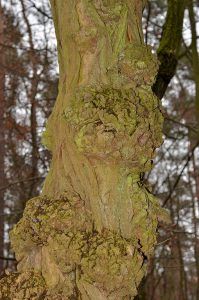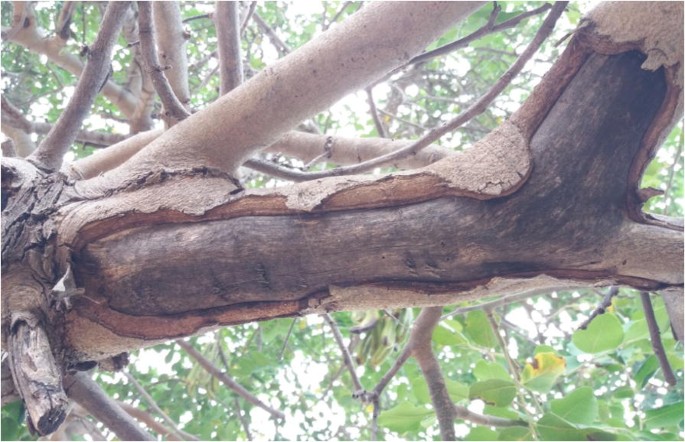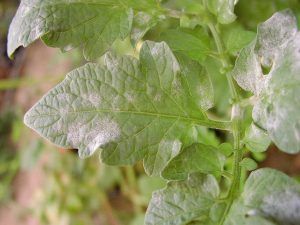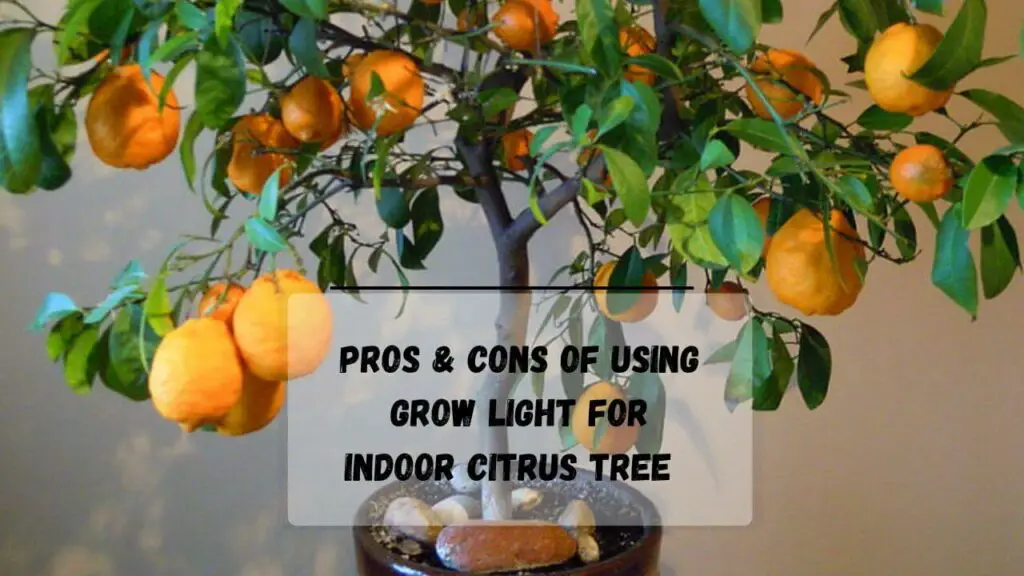Mastering Common Pests and Diseases of Carob Trees for Thriving Growth

MASTER CLASS: From Novice to Expert—Conquering Pests & Diseases in Carob Trees
There’s a particular sound on a cool late spring morning—the rustle of leathery carob leaves, interrupted by the snap of a pod underfoot. Years ago, I stood under my first mature carob, notebook in hand and optimism running high. By mid-summer my dreams were wilting right along with the yellowing branches. The culprit? A silent invasion I hadn’t anticipated. That year, I learned that knowledge—not luck—determines whether your carob thrives or merely survives.

Organic Arsenal:
- Aphids/Scales/Mealybugs: Start with a hard water spray; escalate to neem oil every week until gone (proven effective at concentrations as low as 0.5%). For step-by-step guidance, check out Managing Aphid Infestations on Carob Trees: Prevention and Care.
- Powdery Mildew/Sooty Mold: Horticultural sulfur dust works fast—but only before midday dew dries.
- Carob Moth Infestation: Remove infested pods immediately—do not compost! Use pheromone traps during flowering/pod set periods (replace lures monthly).
4. Advanced Practitioner Level: Turning Threats into Opportunities
Precision Monitoring = Fewer Surprises
In my third season managing multiple trees across two microclimates, I realized reactive management was costing me yield—and sanity! Enter:
- Sticky Traps at trunk base/canopy edge for monitoring moth flights (cost ~$10 per pack/season).
- Set Google Calendar reminders timed to local emergence cycles—for me in southern Europe, that means starting checks mid-March through September.
Combine trap data with journal entries—you’ll start seeing patterns invisible even five years ago.
Biological Warfare—with Allies!
Some years I lost ladybugs after broad-spectrum sprays—a classic mistake that set aphids free to multiply unchecked.
Now? I plant yarrow and fennel beneath canopy edges each March; lacewings show up naturally by April. On bad years I supplement with purchased predators ($20 buys enough ladybugs/lacewing eggs for half an acre). Release just before dusk when temperatures drop below 22°C—they stay put instead of flying off!
Unexpected Insight:
Skeptical about biocontrols? One trial showed mealybug populations dropped by over 70% within three weeks using nothing but predator introductions and zero chemicals—even my neighbor started copying the approach!
Tech Upgrades & Specialist Tools
For larger collections or commercial groves:
- Precision drip irrigation reduces fungal risk vs overhead sprinklers.
- Soil moisture meters ($15–40)—calibrate twice yearly for accuracy!
- Grafting onto Phytophthora-resistant rootstocks slashes root rot losses long-term (initial cost higher but recouped within three seasons).
5. Mastery Stage: Troubleshooting Like a Pro & Scenario-Based Solutions
Over time you’ll see subtle differences others miss:
| Symptom | Likely Culprit | Expert Move |
|---|---|---|
| Sticky black film | Sooty mold via aphids | Rinse + target aphids directly |
| Pods hollowed out inside | Carob moth larvae | Remove/destroy all affected pods |
| Sudden decline post-heavy rain | Root rot | Improve drainage + biofungicide |
| Bark lesions/cankers | Fungi/canker | Prune well below lesion + sterilize |
For more in-depth coverage of fungal threats and organic interventions, see Fungal Diseases in Carob Trees: Symptoms and Organic Treatments. If you’re facing persistent issues with root rot, don’t miss our practical guide on How to Diagnose and Treat Root Rot in Carob Trees.
Dialogue from my last orchard consult:
"Should I panic about these tiny bumps?"
"Not yet," I replied while scraping off scale insects gently with my thumbnail—and pointing out nearby ant trails ferrying honeydew away (“Ants are the Uber drivers for scale infestations!”). Lesson learned: never ignore ants around carobs.
If Symptoms Don’t Match Textbook Examples...
Email photos (close-ups plus context shots) to your regional Ag Extension office or upload them to PlantVillage forums—you’ll often get responses within days from expert diagnosticians worldwide.
6. Cost-Benefit Breakdown & Real Numbers
Let’s be honest about investment versus return:
| Strategy | Annual Cost Per Tree | Time Commitment | Risk Reduction |
|---|---|---|---|
| Weekly manual inspection | $0 | ~10 min/wk | Major |
| Neem oil/sulfur sprays | $12–18 | ~30 min/app | High |
| Predator insects | $5–12 | ~10 min/release | Moderate |
| Drip irrigation install | $30–45 initial | None after setup | Major |
| Pheromone trap maintenance | $8–15 | ~10 min/mo | High |
A cautionary tale: In 2021 a grower friend skipped pheromone traps due to budget cuts—resulting pod loss topped $200 per tree from a single moth generation!

7. Case Studies & Lessons From Failure AND Success
Failure First
One year I left pruned branches piled too close after winter cleanup…by June those piles served as launching pads for new scale infestations across three trees—a rookie error that cost me an extra month of spot treatment labor.
Recovery Story
Conversely, when powdery mildew swept through during an unusually humid May two seasons back, immediate sulfur applications combined with selective pruning limited loss to less than 5% canopy defoliation—and next spring growth was vigorous as ever thanks to prompt recordkeeping and follow-up care.
8. Customizing Your Approach: Backyard vs Orchard Scale
Backyard Growers
Focus on hands-on inspection/pruning, companion planting with herbs/flowers nearby, targeted organic sprays only when necessary—and don’t underestimate one-on-one time spent observing each tree!
Commercial Orchards
Coordinate pest control efforts across properties so no pest “refuge” remains; rotate fungicide classes annually; invest in weather-driven irrigation sensors and professional soil testing every other year; keep digital records synced across staff devices.
9. Season-by-Season Action Plan
Here’s how mastery looks throughout the calendar:
SPRING
Set sticky traps before bud break
Inspect weekly during rapid growth
Apply preventative organic sprays at first sign of wet/humid spells
Prune dense areas early before pests nest
SUMMER
Monitor pod formation closely
Remove any affected pods ASAP
Water deeply but rarely
Encourage beneficial insect populations
FALL
Clear debris aggressively post-harvest
Deep-clean tools after final pruning round
Assess soil structure/drainage before winter rains

WINTER
Update records/logbooks
Order supplies based on past season needs/trends
Sharpen blades/disinfect equipment
For a detailed breakdown of what to prioritize each season, see Seasonal Pest Management Strategies for Healthy Carob Trees.
Bonus Tip: Create laminated seasonal checklists tailored by microclimate—you’ll never miss critical windows again!
10. Continual Learning & Joining The Community Of Experts
Mistakes will happen—that’s where true expertise grows! Share both successes and failures at local workshops or online forums; swap notes on emerging pests/diseases as climate shifts change timing each decade; stay curious about new biocontrol options tested globally.
I used to think mastery meant having all the answers—in reality it means knowing what questions matter most…and where to find help when stumped.
So here’s your challenge:
Next time you walk beneath those glossy boughs, ask yourself—not just “Is anything wrong?” but “What patterns am I seeing this year that differ from last?” That mindset transforms every stroll into another step toward true stewardship.
You now hold not just instructions—but an entire framework built atop real-world trial-and-error plus proven advances in carob health management.
Grab that notebook…dust off your hand lens…and claim your place among those who don’t just react—they lead.
Because when someone asks you about brown spots or wilting tips next season—you won’t reach for generic advice
—you’ll answer like an expert who has seen it all…and saved more than one harvest along the way.
Welcome to master class problem-solving—the definitive guide is now yours!



